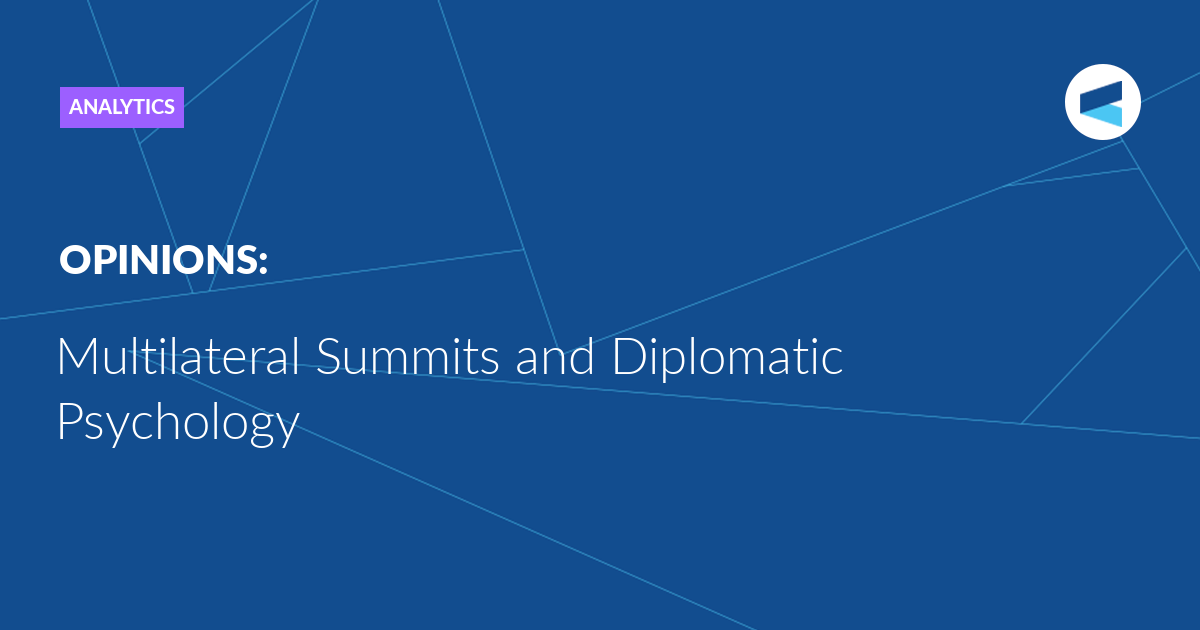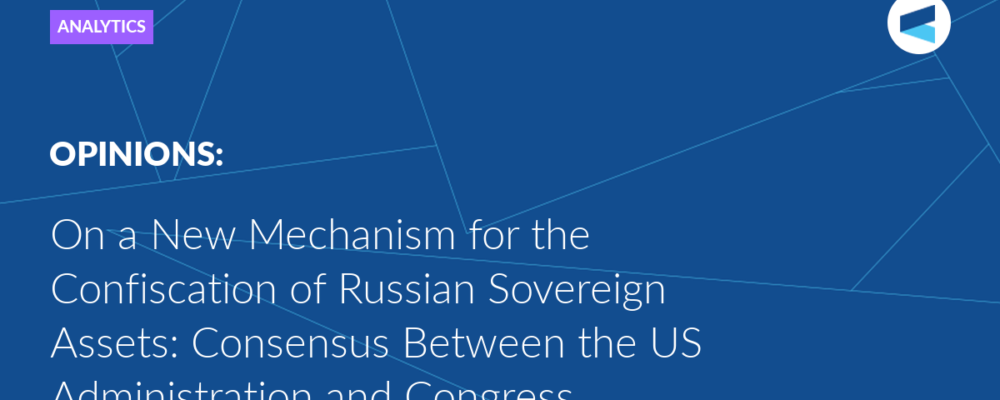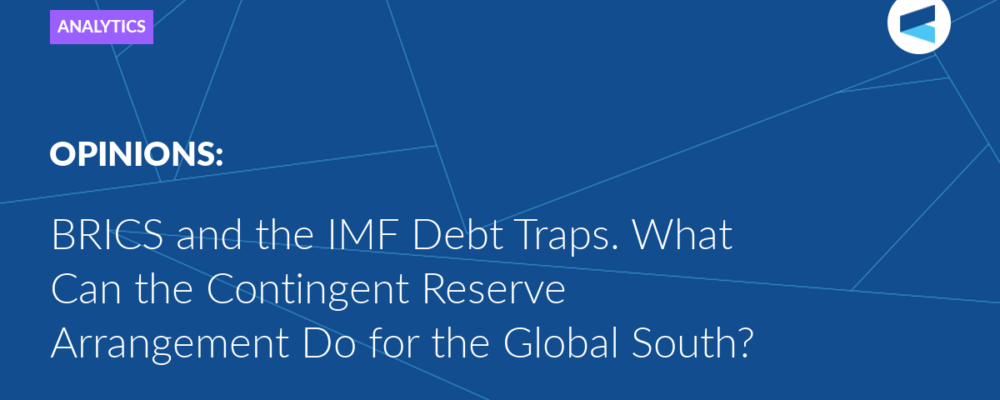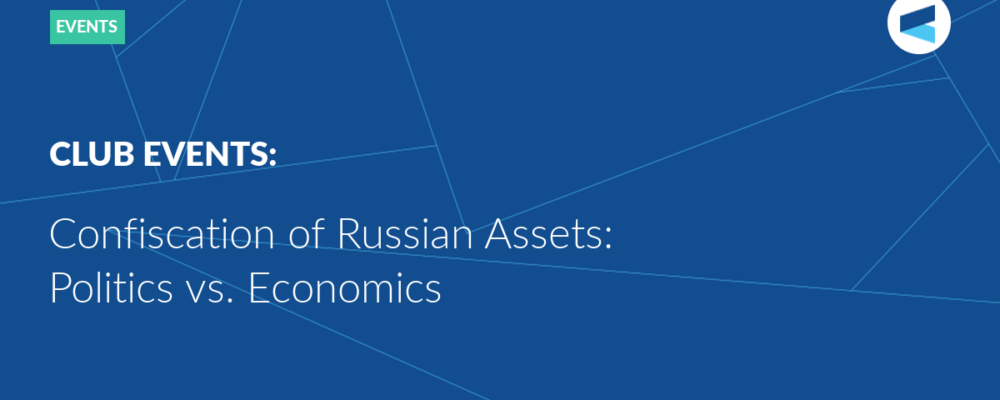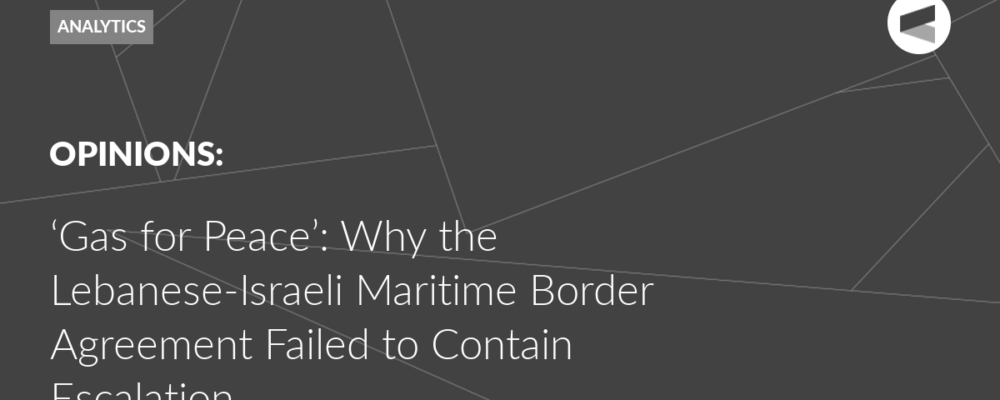The main objective of a multilateral international summit is often the preparation of a public statement based on the results of the meeting. This is typically done in the form of either a communiqué issued by the presiding state or a joint statement issued by all participants. As a rule, these communiqués are typically detailed documents containing several dozen pages of text, reflecting the agenda and outcomes of the discussions held during the summit. Given that most of the meetings are closed to the public, these communiqués serve as a record of the discussions and decisions made during the event.
It is generally assumed that these documents are issued based on the principle of consensus and that all participating states agree with them. This can sometimes be a formal and bureaucratic process in which many key points and provisions (or even the entire document) are agreed upon in advance by the participants of the multilateral meeting. Additionally, disagreements among countries are rarely publicly acknowledged. The success of a summit is often considered to be determined by the consensus among its members. One may question the validity of this approach, but it is the current practice, in our view. Public opinion and diplomatic practice often assume that the success of a meeting depends on the consensus on the issues being discussed.
During the course of certain summits (or other interstate conferences), it is not uncommon for information leaks to the media to emerge with regards to significant disagreements among participants. This occurred, for instance, during the recent climate change conference in the United Arab Emirates. Under these circumstances, drafting a general communiqué summarising the outcomes of a multilateral meeting may become a challenging task. It is, of course, possible not to do so. If a particular issue cannot be agreed upon, these are the realities of political life that must be accepted.
However, it is also widely believed that the lack of a universally agreed-upon document is primarily seen as a failure on the part of the host state of the summit. While it is possible to argue about the validity of this perception, it has become a common feature in diplomatic psychology. The success or failure of a major multilateral summit, given that most meetings are held in private, has come to be determined by the public perception of the presence or absence of a final document in the media. Therefore, when the host state has no specific objectives of its own, to highlight differences among participants in the multilateral meeting, everyone strives for at least a nominal consensus in the form of an agreed-upon text.
As a result, this diplomatic practice provides us with a large number of documents based on the outcomes of multilateral summits and conferences. We can say, that in the research field of international relations, a specific genre of textual and content analysis of these communiques has developed. As mentioned above, many of these documents are detailed and consist of dozens of pages, covering a wide range of issues on the global agenda and claiming some level of universality. They are typically comprehensive in nature and sometimes even give the impression that the participants in the summit were able to briefly exchange views and reach a consensus within a day or two of the event, based on the many dozen or even hundreds of paragraphs contained in these documents. However, let’s not dwell on the specifics. Considering the aforementioned preliminary work on the coordination and preparation of draft texts for these documents, it is clear that they reflect the position of the states that participate in the summit. These states either fully agree with the provisions contained in the communiqué or, in order to preserve the principle of consensus and sometimes due to the insistence of the presiding state, do not actively oppose them.
In the course of a textual and to some extent essential analysis of these documents, a researcher can draw some conclusions. Of particular interest is a comparative analysis of communiqués from the same interstate association adopted in different years, especially in relation to regularly held multilateral summits. This allows for the tracing of the evolution of the agenda and approaches of participating states over time. It also makes it possible to identify changes in priorities in world politics and economics. Sometimes, an analysis of stylistic transformations in terms from year to year, focusing on not only terminology but also essential changes behind terms, can tell a researcher a lot about the topic.
It should be noted that the international relations as a scientific discipline has a limited number of reliable and authoritative sources. On the one hand, there are numerous documents and statements in this area, but on the other hand, the vast majority of international negotiations and multilateral summits remain closed to the public, and their true agendas and outcomes are often not disclosed. As a result, researchers who lack access to these sources are forced to rely on media leaks or official documents, which have their own limitations as research materials.
It is clear that this restriction is explained by the nature of international relations, which are not always conducted in an open manner. Additionally, the aforementioned practice of balancing interests and achieving a consensus in final documents to some extent (and at times, quite significantly) dilutes the content of these documents. Only after a period of time, sometimes a considerable amount of time, various types of memoir-like documents appear, which, although subjective, reveal the inner workings of multilateral diplomacy. However, according to current international norms, with rare exceptions, such a possibility does not exist. Therefore, for a researcher, the main advantage of regularly recurring multilateral summits, whether they take place in one format or another, is not only in the analysis of specific communiqués (which, due to their multi-page nature, provide some information in any case), but also in the study of the changes and developments that happen from year to year.
Separately, it is important to emphasize the content of these documents. We have previously noted that a significant amount here depends on the composition of participants at a particular multilateral summit. If the summit unites like-minded individuals to a large extent, as is the case with the BRICS and the G7, for example, then the final documents produced at these summits address more pressing issues on the global agenda, where the participating countries share approaches or have similar ones. Despite the conventionality of diplomatic documents, texts from such gatherings sometimes seem more genuine, as they truly reflect more or less shared values and approaches underlying the actual policies of these countries.
When the values and interests of participating states at a particular summit diverge, and in some cases are in sharp conflict with each other, the communiques from these summits often become watered down and are formulated based on the lowest common denominator that can be agreed upon. An example of this is the Group of Twenty (G20), where the divergence of views between the Western and Non-Western countries leads to a dilution of the approach to various international issues in order to reach a consensus. Another example is the global summits and conferences on climate change, where the differences in perspectives between developed and developing countries result in a dilution of perspectives on how to address this global challenge.
As a result, there is sometimes a perception that these final communiqués reflect the implementation of a “we are for good and against bad” approach. In terms of substance, these G20 final texts, as a platform for interaction between the West and Non-West, are less substantial than the documents produced by the BRICS and G7 countries.
Due to the inherent closeness of diplomatic practice, which lacks truly significant sources for analysis, the documents from multilateral summits can nevertheless provide an insight into the real workings of world politics. This is a civic responsibility of researchers of international relations towards society.
The Valdai Discussion Club was established in 2004. It is named after Lake Valdai, which is located close to Veliky Novgorod, where the Club’s first meeting took place.
Please visit the firm link to site


